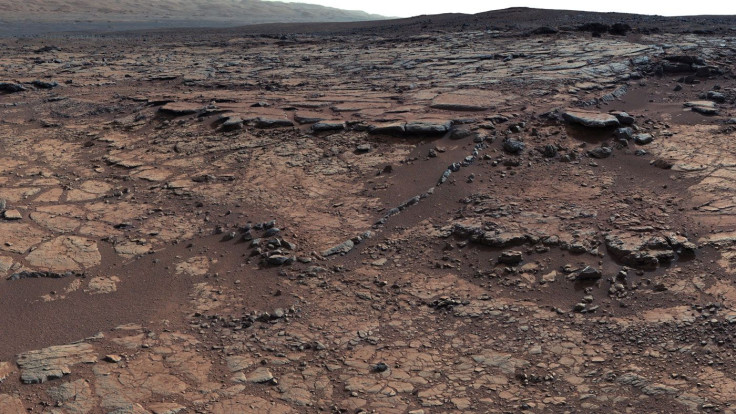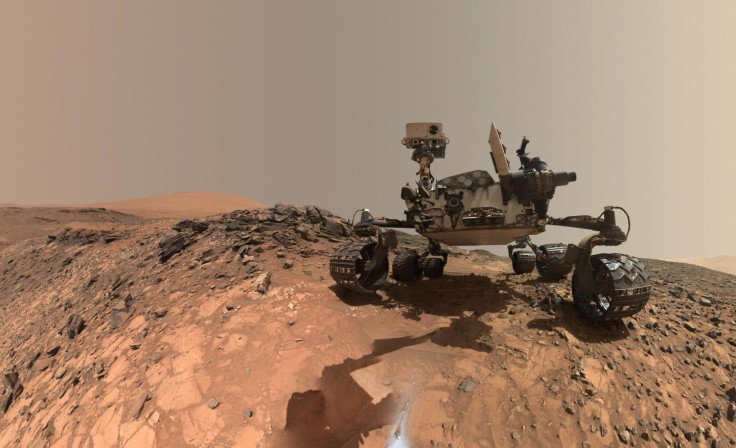Mars Facts: How Did Water Exist On The Red Planet In Absence Of CO2? Curiosity Rover Data Adds To Dilemma

The cold and arid deserts of Mars weren’t always so. Or at least they weren’t always arid, since we now know liquid water once existed on the surface of the red planet. But maybe the planet was always a cold place — too cold, in fact, to explain the presence of liquid water on its surface even at some point in the ancient past.
NASA’s Curiosity rover — which has been exploring the Martian surface since 2012 — found rocks and deposits that were clear evidence of the existence of a lake in the Gale Crater about 3.5 billion years ago. However, further analysis of data from the rover showed the same rocks lacking in carbonates, which means very little carbon existed in the Martian atmosphere at the time its surface had liquid water.
Atmospheric carbon, or carbon dioxide, and liquid surface water are linked by a theory which posits that the greenhouse effect of carbon dioxide is necessary to warm the surface of a planet enough for water to exist as liquid. With its thin atmosphere today, the water on Mars exists only as ice, either on the surface, as in the case of its North Pole, or underground, as found at lower latitudes.

But if there was very little carbon dioxide around Mars, as is now shown by Curiosity, 3.5 billion years ago, how then did water survive as a liquid on its surface?
“We’ve been particularly struck with the absence of carbonate minerals in sedimentary rock the rover has examined,” Thomas Bristow of NASA’s Ames Research Center in Moffett Field, California, said in a statement. “It would be really hard to get liquid water even if there were a hundred times more carbon dioxide in the atmosphere than what the mineral evidence in the rock tells us.”
Bristow was the lead author of a study on the topic published in the journal Proceedings of the National Academy of Sciences. One of his co-authors from the Spanish National Research Council (CSIC), whose researchers participated in the study, offered some possibilities to solve the conundrum, even though they are far from certain.

“This contradiction has two possible solutions. Either we have not yet developed climatic models, which explain the environmental conditions on Mars at the beginning of its history, or the Gale sedimentary sequences really did form in a very cold climate. The second option is the most reasonable,” CSIC researcher Alberto Fairén explained in a statement.
At a time when CO2 levels in the Martian atmosphere were between 10 and 100 times less than required for surface temperatures to be warm enough for liquid water, Gale Crater was probably like a glacial lake surrounded by partially or seasonally frozen large chunks of ice, Fairén added.
© Copyright IBTimes 2025. All rights reserved.





















